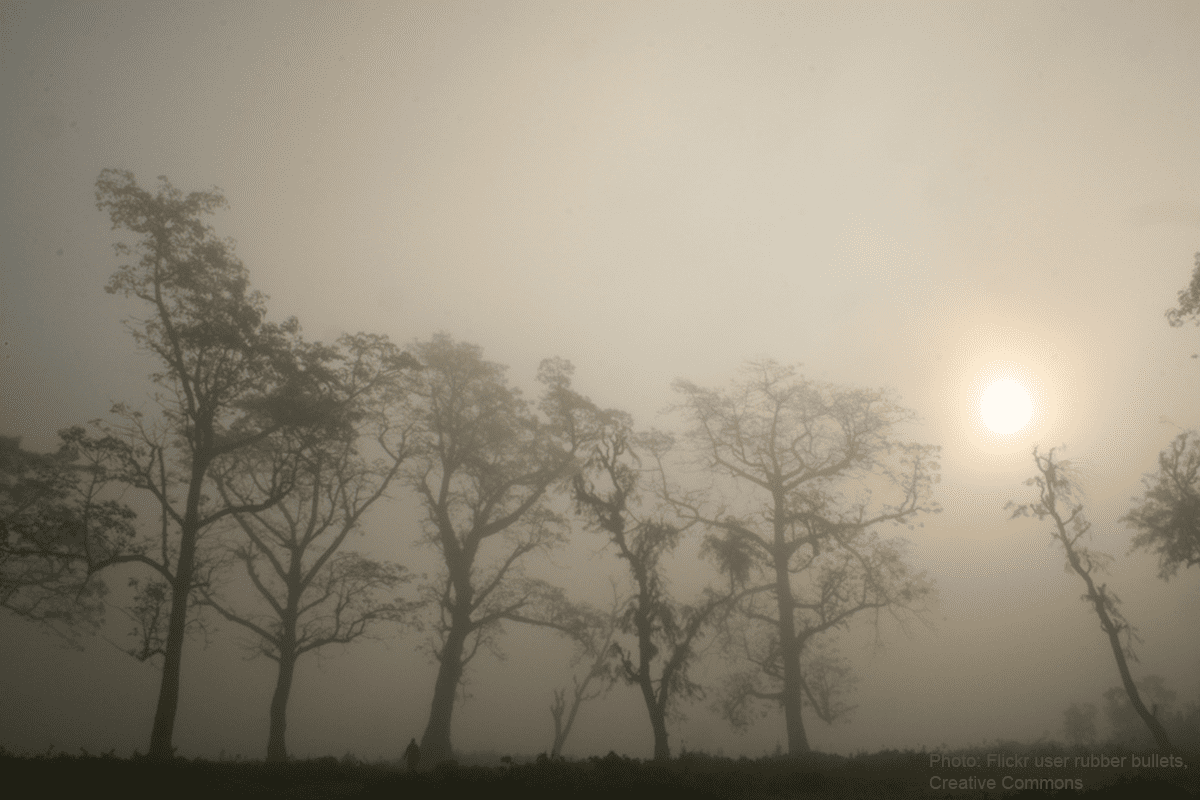How Do You Conserve a Place That’s Inhabited?
By Dan Klotz, September 12, 2016

Nepal’s most prominent geographic region is the summit of Sagarmāthā (Mt. Everest), the tallest mountain in the world. But environmentalists have focused a lot of attention on the forests of the Chure Hills, a region known as the foothills of the Himalayas.
These forests are threatened by all sorts of manmade development including quarries, logging and mining. Conservation NGOs looked to the national government for help in keeping the remaining forests upright—but in doing so, they overlooked the fact that Nepal’s government has a less-than-sterling track record on human rights.
After receiving support from WWF, Nepal declared this area a national park without consulting the indigenous communities who lived there. Five million people live in the area and depend on its natural resources for their survival and livelihoods. These communities suffer more than anyone from mines, and quarries and logging, but their traditional subsistence activities do not threaten the environment—in fact, they are the ones primarily responsible for preserving and protecting the forest. Criminalizing their traditional way of life helps neither people nor nature.
This intersection of conservation and human rights violations happens far too frequently, according to a report from the UN Special Rapporteur on the Rights Indigenous Peoples, Victoria Tauli-Corpuz, a member of the Kankanaey Igorot people of the Cordillera Region in the Philippines. The report, released before the World Conservation Congress in Hawaii, talks about the importance of working with the people who live in and depend on tropical forests and other lands of environmental importance before conserving these properties.
Indigenous communities “are best equipped to protect the world’s most threatened forests, and have been doing so for decades,” said RRI Coordinator Andy White in Agence France Presse coverage of the UN report. “Yet many conservation organizations and governments still treat them as obstacles to conservation rather than partners.”
The topic of conservation and indigenous rights attracted a lot of discussion at the talks in Hawaii, and several motions at the conference were made that recognized indigenous peoples’ rights to their lands. But Ms. Tauli-Corpuz called for concrete actions on the ground. She told AFP that conservation groups “are not doing enough” to support indigenous rights, despite policies and promises to do so. “All this talk about conserving nature, sometimes it is just talk.”
For more information, please read:
- Can ‘protected areas’ offer safe haven to indigenous peoples?
- Native people’s rights violated in name of ‘conservation’: UN
- Don’t Forget: Our Forests Are Valuable and We Live There
